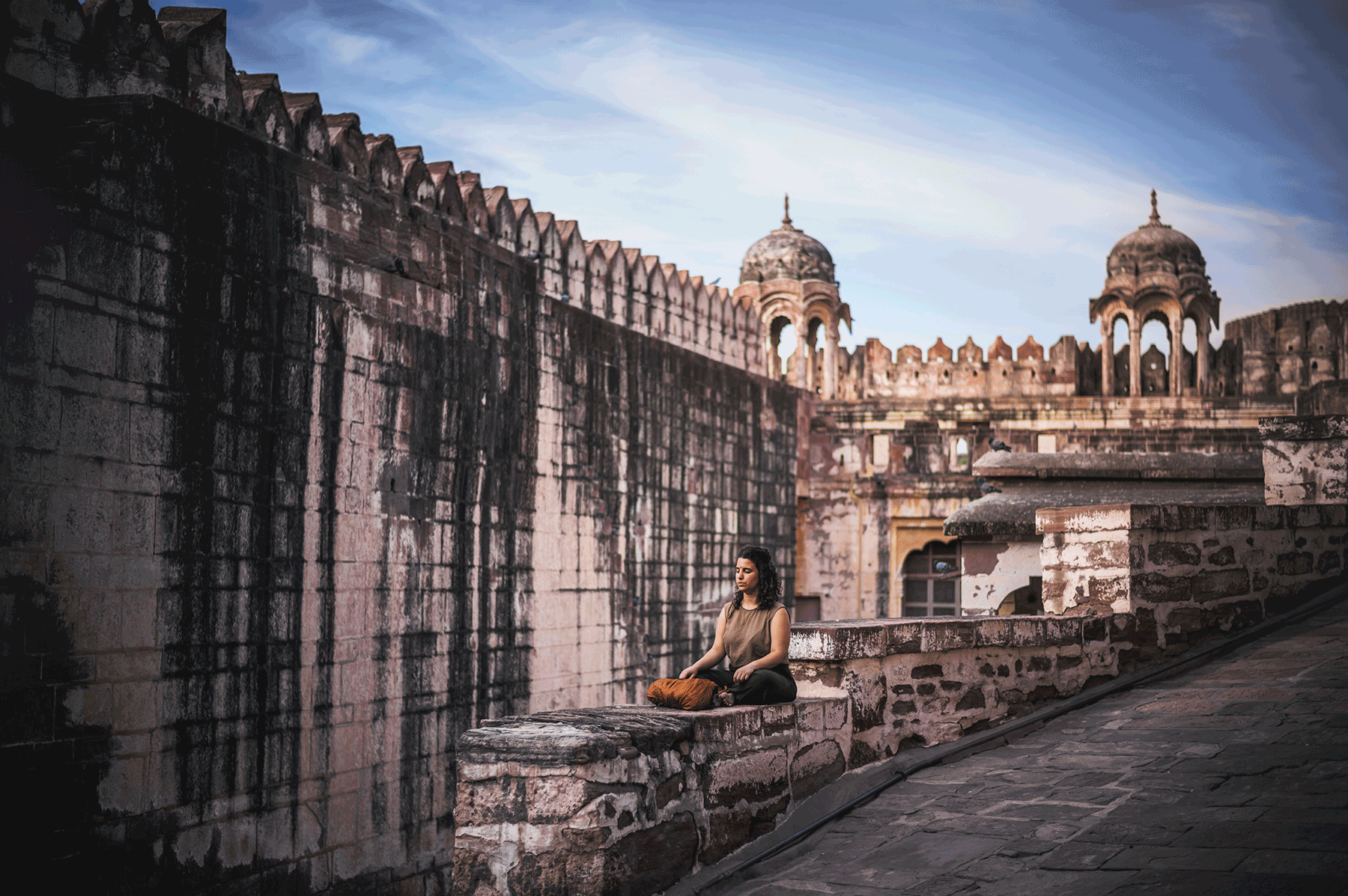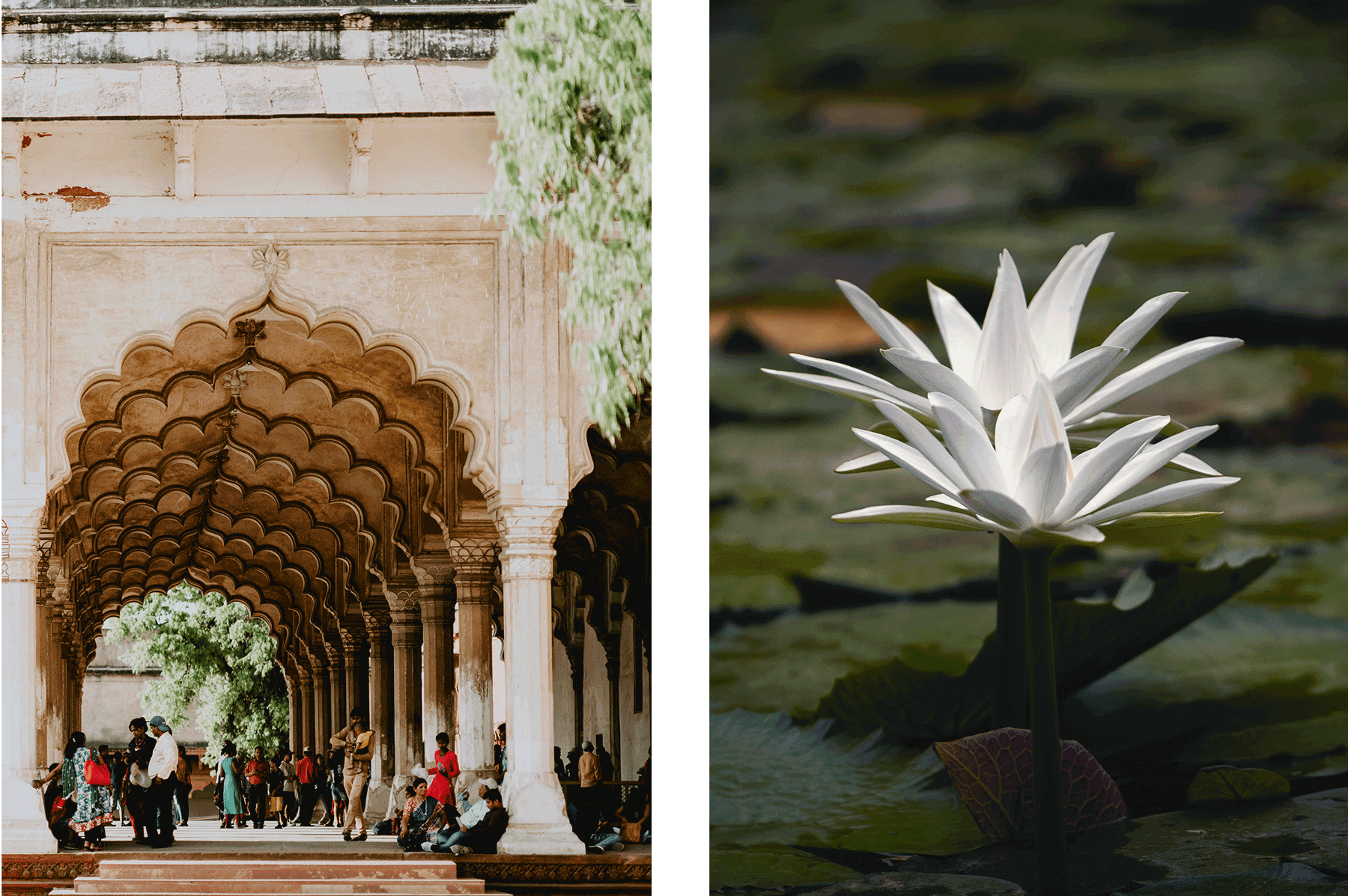Find your internal observer
Aim number one is to distinguish yourself from your thoughts, emotions, feelings, reactions. Once upon a time, I was sure that I was the same as what I thought and felt. It took me long time to realize that it wasn’t entirely true. This was a big discovery for me.
The thought process is a natural function of our brain, and so at first an endless stream of thoughts flows through our head, but here’s what’s surprising: if you don’t hang on to a thought, don’t start to develop it or increase its size thanks to additional assessments and judgements, it will simply float past. Would you consider thoughts that suddenly appear and then just as quickly disappear to be your main essence? I doubt it.

A way to help you distinguish yourself from your thoughts and feelings is the practice of distantly observing them without getting drawn into the process. If a thought flashes through your head about a doomed love affair, and you spend the next hour recalling all the details of the breakup, then you have got drawn into the process. Not getting drawn into it means observing the stream of thoughts without participating in them, without providing any assessment or categorization. It’s just the same regarding emotions. Experiencing, for example, a feeling of terror, you can observe this feeling in parallel. Without trying to end it by force, but simply observing, accepting it as it is.
The more you practice this type of observation, the less thoughts and emotions will influence your internal state.
What to read
The Buddha, The Brain, And The Science Of Happiness (Yongey Mingyur Rinpoche)
Of all the books that I’ve read on this subject, I especially want to recommend this one. It was written by a Tibetan monk who had extensive contact with western academics in his life. He explains the main tenets of Buddhism through the prism of the latest discoveries in neurophysiology. It also describes in layman’s ‘terms’ a number of techniques for meditating and gives examples that help illustrate the principles behind mindfulness.
Give thanks
I start each day with gratitude and appreciation. I thank life for each new day, for my good health, for good weather, for peace and quiet, for my harmonious mood. There is always something to be grateful for — there are no definitive rules here. The universal essence of this practice is in accepting life as it is. Even if our lives bring us some unfortunate circumstances and challenges, we can still change our attitude, response and perspective. Whatever problems arise in life, the practice of daily gratitude will soften these emotions.

Work on your body
Great importance is attributed to working with your body in the Indian system of knowledge. Yoga is the same practice of observation. Except that this time you are observing your own body.
The aim of yoga is not to build up your muscles or do the splits, but to better sense your body and understand its requirements. Yoga helps you to discover internal locks and constrictions that use up a lot of life energy, and to heal them.

What to practice
If you don’t know how to begin, then there are two short and effective series of exercises. These take just 15 minutes but it is desirable to do them every day (if you have any health contraindications then you should first consult the doctor!)
- The Five Tibetans is a series of five exercises described in the book The Eye of Revelation: The Ancient Tibetan Rites of Rejuvenation by Peter Kelder. The author claims to have “brought” this practice from a Tibetan monastery. The exercises enable an inflow of strength, rejuvenation and internal balance.
- Surya Namaskara also known in English as Sun Salutation. This is a simple and effective set of exercises consisting of 12 asanas that work your entire body and give it enough energy to last the day.
Slow your breathing
We say that if you are anxious, you should take a deep breath and then exhale. This does indeed calm you. Slow, deep breathing calms your body down, decreases the heart rate, lessens stress and anxiety, as well as helps you with mood balancing.
Pranayama is a breath-control technique in yoga. In Sanskrit, “prana” means life energy and “yama” means control. Breathing exercises are aimed at harmonizing the flow of these pranas in your body and at calming your mind down.

Yet, all the practices listed above are not only intended to reduce anxiety. They suggest a complete change of your attitude towards life. They are about being more attentive, listening to yourself and hearing both yourself and the surrounding world. They are not about thoughts and emotions controlling you, rather about you controlling them. This is the Indian secret of a harmonious life without stress.


